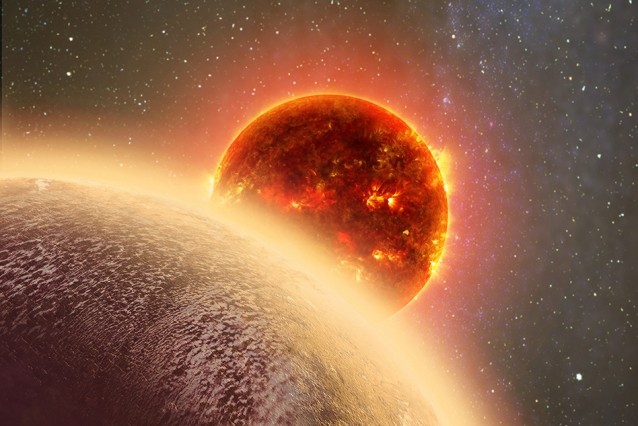Scientists apparently detected an extremely hot and rocky alien world some 40 light years away from Earth where they believe that this could be the "most important planet that is ever discovered" outside the solar system.
This new planet known as GJ 1132b has the same size as Earth's as it is now in orbit of a small star that is located just 39 light years away from our planet, which is now the closest known Earth-sized exoplanet ever found.
This rocky exoplanet is detected using the MEarth-South Observatory in Chile which is an array of eight 40 centimeter wide robotic telescopes that are operated by Harvard University.
According to astronomer Drake Deming from the University of Maryland, GJ 1132b is considered to be the "most important planet ever found" outside the solar system since it is nearby and also similar to Earth where its star will not interfere.
However the surface of the planet is at a scorching 260 degrees centigrade and also it is tidally locked to its host star, which means its does not rotate, resulting in a permanent day and night sides of the planet, very much like the moon which we only see one face in the skies.
Due to these extremely intense temperatures, it is almost impossible to hold liquid water on the surface of GJ 1132b, making the exoplanet uninhabitable for any form of life. However, scientists believe that its cool side possesses enough water to sustain a tenuous atmosphere.
Since the exoplanet is the nearest ever found, scientists are eager to study its characteristics and composition when it comes to its atmosphere and surface, including wind patterns and even the alien world's sunset colors.
According to Zachory Berta-Thompson of MIT's Kavli Institute for Astrophysics and Space Research, this is a pretty hot planet, however it can still manage to sustain its atmosphere for over billions of years and this is a good sign when it comes to studying cooler planets that could possibly host life.
He adds that using telescope observations, scientists can now gain new insights about how a rocky exoplanet functions and what makes it tick. Berta-Thompson adds how the Milky Way Galaxy spans 100,000 light years, making this nearby star very much a solar neighborhood star.



























